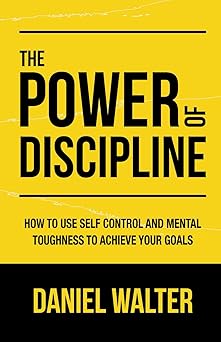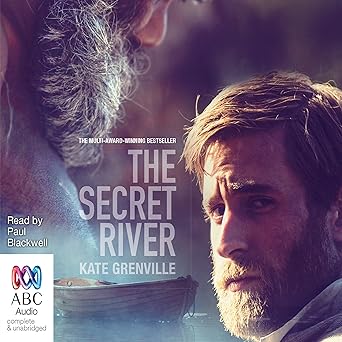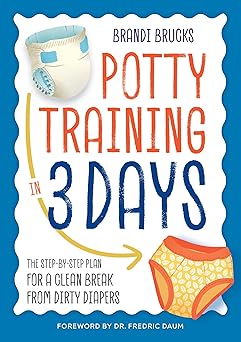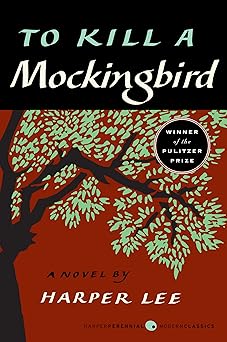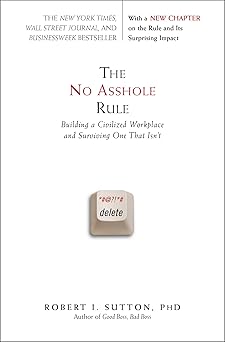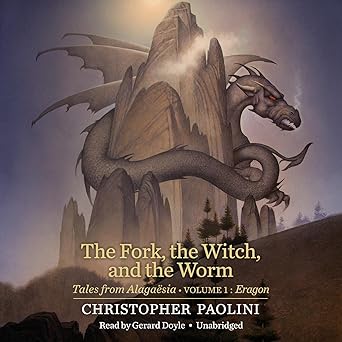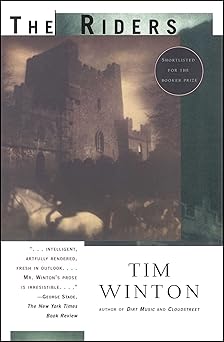
It's a story about an artist named Masuji Ono, living in Japan after a very difficult war. He’s a man carrying a lot of sadness and regret. He used to create art that seemed to celebrate beauty, but as his country faced hard times, he started using his art to support a movement that led to war. Now, as an older man, he’s trying to understand his life and the choices he made. He finds himself looking back at his younger years, a time when he enjoyed the lively nightlife of Japan – places filled with music, laughter, and drink. These memories offer him a little comfort, a way to forget his troubles for a bit. But they also remind him of something he feels he lost – his original purpose as an artist. It's like a bittersweet feeling, a mix of happiness and pain. The story isn't about big events or battles; it's about one man's journey to find peace within himself. It's about grappling with the weight of the past and trying to make sense of a life that feels complicated and flawed. I remember once, a friend of mine shared how she regretted a choice she made years ago. She carried that regret for so long, and it affected her happiness. It reminded me of Ono’s situation, the burden of past actions and the search for a way to move forward. This story is about that very human struggle, the attempt to reconcile who we were with who we’d like to be.
The story unfolds through Ono’s memories. We see him as a young man, full of potential, drawn to the beauty around him. Then, we witness the changing times, the growing pressure to support the country’s war efforts. It’s painful to watch him shift his artistic focus, to use his talent for a cause that ultimately led to so much suffering. He’s caught between his desire to create something beautiful and the expectations of his society. The narrative doesn’t offer easy answers or judgments. Instead, it presents a nuanced portrait of a man wrestling with his conscience, trying to navigate a world in turmoil. It’s not a story about good versus evil; it’s about the gray areas of human experience, the difficult choices we make when faced with overwhelming circumstances. Seeing Ono reflect on his past, acknowledging his mistakes, and searching for a way to atone for them, is quite moving. It highlights the enduring power of memory, how it can both haunt and heal us. I've often thought about how much our past shapes who we are, and how we often try to understand it, piece by piece, as we get older. This story really captures that process, that ongoing attempt to make sense of our lives.
Ultimately, the story isn’t about finding perfect redemption. It's more about acknowledging the complexities of being human – the moments of courage and cowardice, the triumphs and failures, the beauty and ugliness. Ono is both a hero and a coward, a talented artist and a man who betrayed his early promise. It's that very combination of qualities that makes him so relatable, so deeply human. He’s a reminder that we all carry within us a mix of strengths and weaknesses, and that it’s in grappling with those imperfections that we truly come to understand ourselves. The story leaves us with a sense of quiet contemplation, a recognition that even in the face of profound loss and regret, there is still the possibility of finding meaning and connection. It's a story that stays with you long after you're finished reading, prompting you to reflect on your own journey and the choices you’re making. It really made me think about how we all leave a mark on the world, whether we intend to or not.
It's a gentle story, one that stays with you even after you turn the final page. It’s about an older man looking back on his life, a life touched by war and loss. He was once a celebrated artist, someone who found joy in creating works that seemed to capture the beauty around him. But as the world changed and his country faced difficult times, he felt pressured to use his art for something different – something that would ultimately lead to conflict and pain. Now, he’s left with the weight of those past decisions, trying to understand how he ended up where he is, and searching for a way to find peace with himself. I remember my grandmother, after losing her husband, would often talk about the "what ifs" – the choices she's made, the paths not taken. It was a way of trying to make sense of a life suddenly altered, a way of seeking solace in reflection. It’s that same longing for understanding, that same quiet ache of regret, that I felt reading about this man's journey. This story isn't a grand adventure; it's a quiet exploration of the human heart, a look into the complexities of a life lived amidst profound change.
The story moves between his present-day reflections and his memories of a younger self, a young man full of potential and drawn to the vibrant culture of his country. We see him enjoying the lively nightlife – the music, the laughter, the sense of connection – and it’s clear how much he valued those moments of simple joy. But these memories are tinged with sadness, a reminder of what he feels he lost when he shifted his art’s focus. It's a painful portrayal of a man caught between his artistic vision and the demands of his society, a society pushing him toward a path he wasn’t sure he wanted to take. The story doesn't offer easy answers; it doesn’t try to judge his choices or condemn his actions. Instead, it offers a portrait of a man struggling with his conscience, trying to find his way through a world in turmoil. It’s not a story about right and wrong; it’s about the difficult choices we all face when we're caught in circumstances beyond our control. Watching him grapple with his past, acknowledge his mistakes, and search for a way to reconcile them, is profoundly moving. It speaks to the enduring power of memory, its ability to both wound and heal.
Ultimately, this story isn’t about finding perfect forgiveness or erasing the past. It's about recognizing the beautiful and difficult messiness of being human. He’s not a flawless hero; he’s flawed, capable of both great creativity and moments of regret. It's that very combination of qualities that makes him so relatable, so deeply human. He serves as a gentle reminder that we all carry within us a blend of strengths and weaknesses, and that it's in confronting those imperfections that we can truly begin to understand ourselves. The story leaves you with a quiet feeling of introspection, a recognition that even in the shadow of loss and regret, there's still the possibility of finding meaning and connection. It's a story that lingers in your thoughts long after you finish reading, prompting you to contemplate your own journey and the choices you’re making. It made me think a lot about the marks we leave on the world, and how those marks, even the unintentional ones, shape the course of our lives.
Rating: 5.0 / 5.0
It’s a story about an older man reflecting on his life, a life shaped by war and the difficult choices he made along the way. He was once a celebrated artist, but he felt pressured to use his talent in a way that caused him regret. It's not a story filled with big events or battles, but a quiet look into one man's heart and his search for understanding. It’s a gentle, thoughtful story that explores the complexities of being human—the good and the bad, the beauty and the pain. It shows us how memory can be both a comfort and a burden, and how we all grapple with the choices we’ve made and the paths we didn't take. It's a story that feels very real and relatable, one that leaves you with a sense of quiet reflection and a deeper understanding of yourself. I would give it a rating of four out of five stars.
